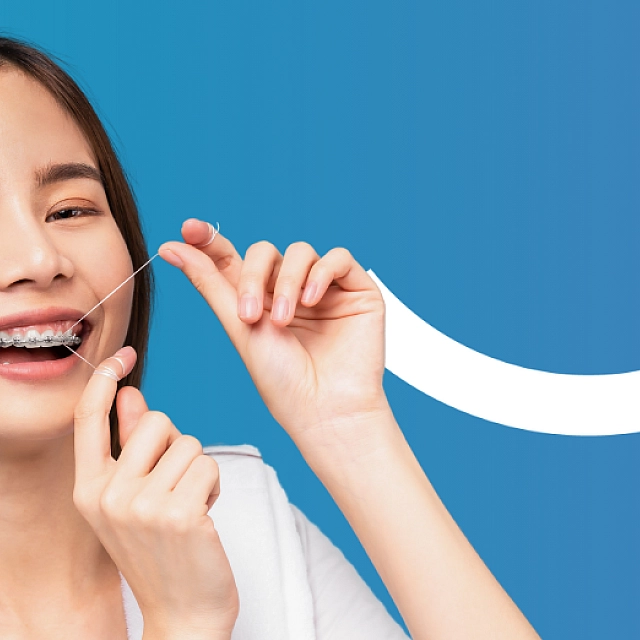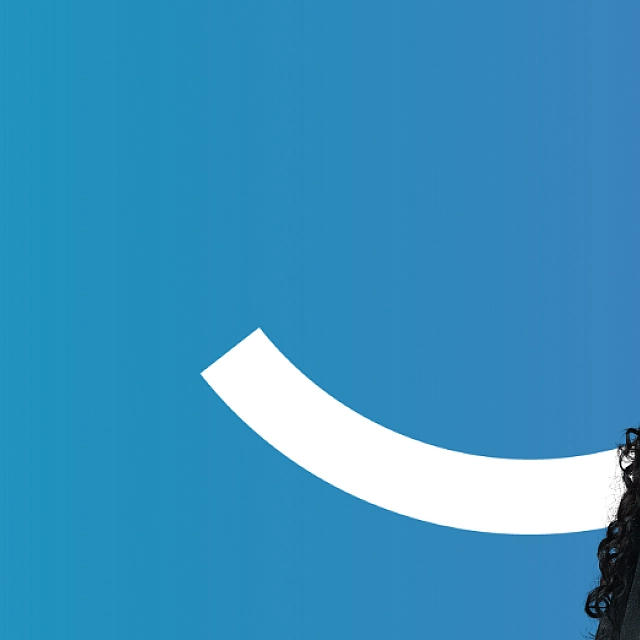
If you’re researching orthodontic treatment or wondering what your options are to finally get your perfect smile, you’ve probably seen that retainers are mentioned fairly often. But what are they for and why do you need one?
A retainer is usually the last stage of your dental treatment. There are several different types of retainers available, but they are all used to keep the position of your teeth stable, letting your bones and gums to adapt to the changes that come after wearing braces or getting your teeth straightened with Invisalign®.
Depending on the sort of treatment you've received, we usually advise our patients to wear a retainer every day for at least a year. To keep your teeth and smile in tip top condition, we suggest wearing a retainer during the night for the second year, and then slowly reducing the number of nights you wear your retainer over the next few years. But don't worry—your Docbraces orthodontist will explain how and when to wear your retainer once your treatment with braces or Invisalign has ended.
Types of Retainers
At Docbraces' five Maritime practices, Moncton, Charlottetown, Halifax, Dartmouth, and Summerside, we use three different types of retainers, and the one you get will depend on your own personal orthodontic needs. The most popular retainer we provide is the clear type which is made out of a high quality ACE® plastic and is latex and BPA free. They're best for people with all of their teeth in place and who take good care of their oral hygiene.
If you're missing teeth or have had jaw surgery, a Hawley retainer will usually be given to you. This retainer is made out of acrylic and wire, and usually incorporates a false tooth which will fit temporarily in the space where you're missing teeth. This type of retainer is usually not permanent, and once you have new teeth fitted you can then get a clear acrylic retainer.
For those suffering from overcrowding of the mouth or poor oral hygiene, we will usually advise wearing a fixed retainer, which involves affixing a wire behind your teeth which cannot be seen by others. You'll then wear a clear retainer over the wire. This type of retainer is usually prescribed to support long-term retention of teeth, too.
Getting the Most out of your Retainer
Your teeth are always moving, so making sure that you wear your retainer as your orthodontist has advised is really important. After wearing braces for so long, not wearing your retainer can put all of that hard work to waste and may even require more work in the future, so it's important not to forget to wear it!
Once your orthodontist has given you your retainer, there's no harm in wearing it for longer than has been suggested, as retention is perhaps the most important part of the process of straightening your teeth.
You should keep your retainer clean by brushing it with a mild soap or using denture tablets. If you lose or break your retainer it's important to get another one as soon as possible or your teeth may start moving back to their original position.
During your first year of wearing your retainer you should visit your Docbraces orthodontist regularly and we can address any issues you might have. Remember to be open with us if you've forgotten to wear your retainer or if you've lost it—we can tell if you've not been using it properly!
After you've been wearing your retainer for a year, it's up to you to maintain good practise and continue to wear it often. Once it becomes part of your routine, it will simply be another step to maintaining your perfect smile! Get in touch with your nearest Docbraces to learn more!




